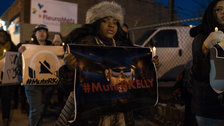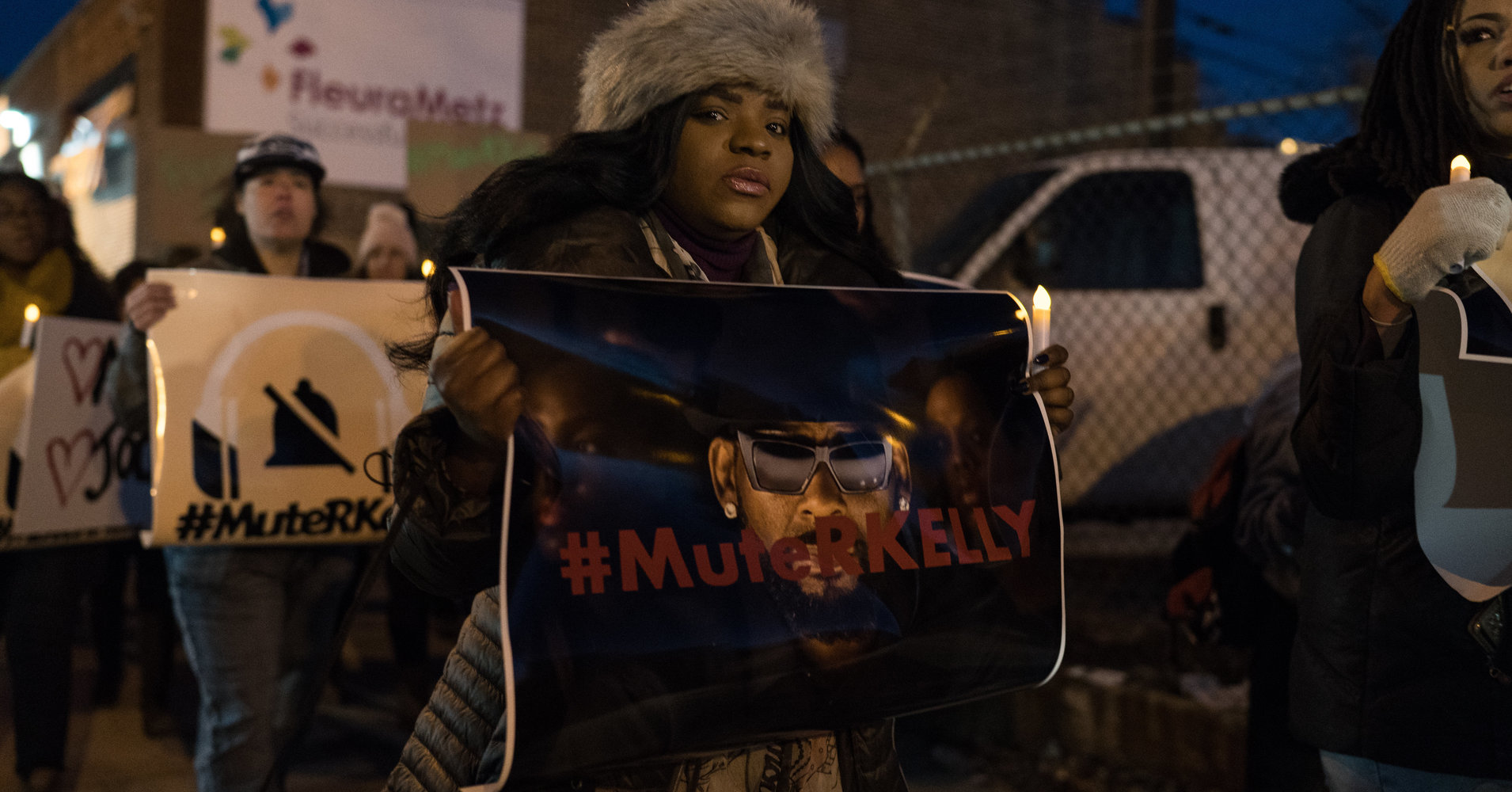[ad_1]

Lifetime, an American TV network known for programs like “Dance Moms” and “Project Runway,” saw its highest ratings in two years when it aired “Surviving R. Kelly,” an astonishing six-part docuseries featuring interviews with women who alleged they experienced abuse at the hands of the hip hop star.
An average of 2.1 million people tuned in to watch the show, and according to a Twitter representative, more than 2.6 million people with accounts tweeted about R. Kelly between Jan. 3 (the series’ premiere) and Jan. 7.
Since then, nonprofits and law enforcement agencies have reported concrete signs of change. The National Sexual Assault Hotline, which is operated by RAINN, the nation’s largest anti-sexual violence organization, told HuffPost that the service experienced a 20 percent surge in calls during the program’s air dates.
Moreover, on Tuesday, TMZ reported that a criminal investigation had been opened into Kelly in Georgia, and that two Dallas radio stations had banned his music. That same evening in Illinois, Cook County State’s Attorney Kim Foxx urged any Kelly accusers to come forward. As of Wednesday night, the Chicago Sun-Times reported that at least two women who had not previously reported their allegations against Kelly to law enforcement have contacted the prosecutor’s office.
In essence, “Surviving R. Kelly” got the wider public talking about a man who had, in the words of the documentary, “hidden in plain sight” for years, abusing women and girls of color with relative impunity. (Research has shown that while black women and girls experience high rates of sexual abuse, they are less likely to report those crimes or find justice for their suffering.)
But can a documentary actually prompt mass change? Mary L. Pulido, the executive director of The New York Society of the Prevention of Cruelty to Children, says yes.
Pulido told HuffPost that calling public attention to child sexual abuse and the grooming techniques that perpetrators use is critically important, because the act of seeing one survivor come forward can prompt others to speak out. She pointed to the televised court case of former USA Gymnastics doctor Larry Nassar, during which a series of victim impact statements led hundreds more of his survivors to come forward.
“Documentaries can be powerful sources for generating change and action for survivors, who band together to create a movement to enact justice,” Pulido said.
This is especially true when a documentary is buoyed by long-running activism on the part of women like writer, activist and filmmaker dream hampton, the executive producer of “Surviving R. Kelly.”
“There have been extensive efforts made by organizers to address this [over the years],” hampton told Pitchfork, referencing the #MuteRKelly movement which is discussed in the series. “But now there is a larger movement led by black women. There is strategy and social media to heighten it. And more people are paying attention now.”
For nearly three decades, R. Kelly has been dogged by allegations of sexual abuse without facing any substantive consequences. In October, Buzzfeed’s Sylvia Obell asserted that “the lack of backlash across the board makes it difficult to believe the #MeToo movement will ever affect hip-hop.”
(Kelly was acquitted of child pornography charges in 2008 and has consistently denied all allegations of sexual abuse and sexual misconduct with minors.)
Enter Lifetime’s documentary series. The program highlighted the women who’ve bravely spoken out about the abuse they allegedly experienced at R. Kelly’s hands ― in some cases when they were just teenagers ― as well as commentary from Kelly ralatives, family members of alleged victims, journalists, musicians like John Legend and #MeToo originator Tarana Burke. The result is a searing, painful, painstakingly documented six episodes, which make for both difficult and essential viewing.
“The conversations on social media have been powerful and incredibly important,” said Kristen Houser, spokesperson for RALLIANCE, an organization dedicated to ending sexual violence in one generation. “Specifically for naming the role racism plays in making the victimization of black women and girls invisible or unworthy of the kind of attention that sexual abuse has received when the victims are mostly white.”
This is something that activists like hampton, as well as Tarana Burke, Oronike Odeleye, Kenyette Barnes, and the Time’s Up Women of Color (including Shonda Rhimes, Ava Duvernay, Kerry Washington and Eva Longoria) have been shouting from the proverbial rooftops for a long time. Odeleye and Barnes started the #MuteRKelly campaign during the summer of 2017, and it was then amplified by Time’s Up this past April, and given even greater visibility through “Surviving R. Kelly.”
At every stage of this protest, the message has been clear: The lives of black girls matter, even if we live in a world that tells us they don’t.
And yet, there is still a critical mass of people defending Kelly. Many of the 2.6 million tweets posted over the last week expressed support for the artist, exposing deep-rooted stereotypes about black women and the way this nation tends to devalue the lives of black girls specifically.
“There is a particular opinion of black women, and in this case, black girls, where their humanity is not seen,” said Tonya Lovelace, CEO, Women of Color Network, Inc. “They are not viewed as individuals who can be victimized… The focus is upon them as knowing, consenting participants in the abuses of R. Kelly, and the accountability is lifted off of his shoulders.”
Lovelace is still striving for a great paradigm shift “that acknowledges the humanity and vulnerability of black girls, where predatory behavior becomes the focus, and where justice is served to those who carry, act upon, and enact their demand for pedophilia and violence against women and girls ― all women and girls.”
If you need help, you can call RAINN’s National Sexual Assault Hotline at
800-656-4673. You can also visit the National Sexual Assault Online Hotline or the National Sexual Violence Resource Center’s website.
[ad_2]
Source link

